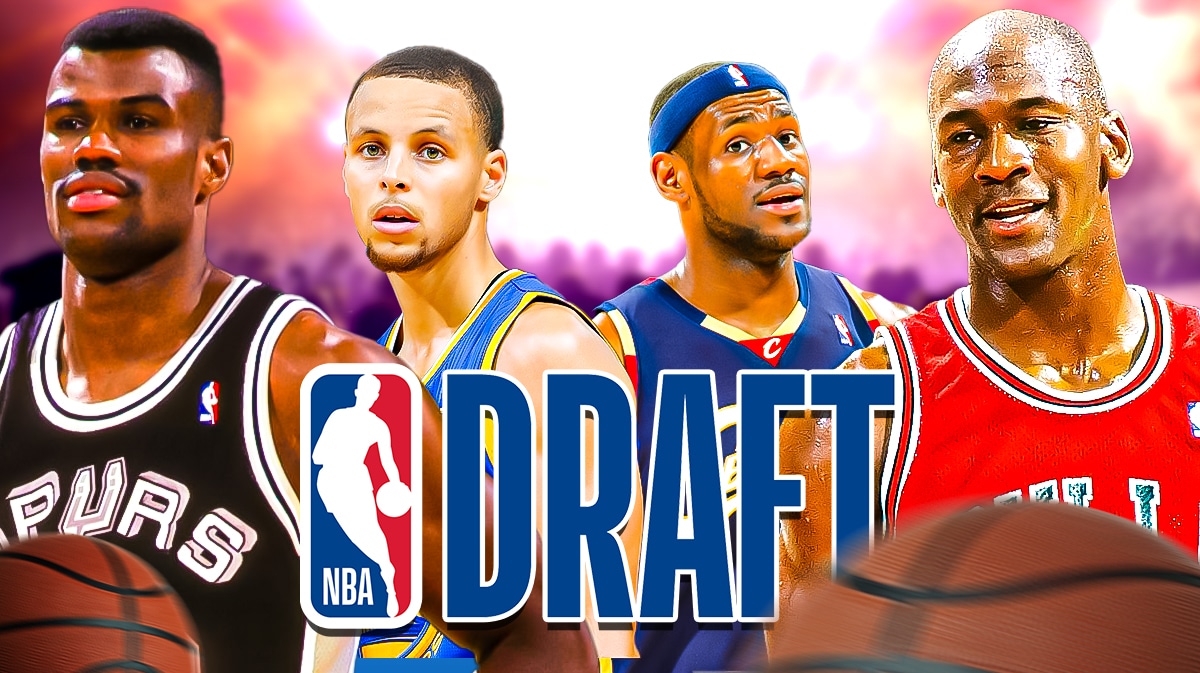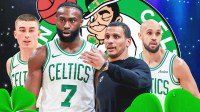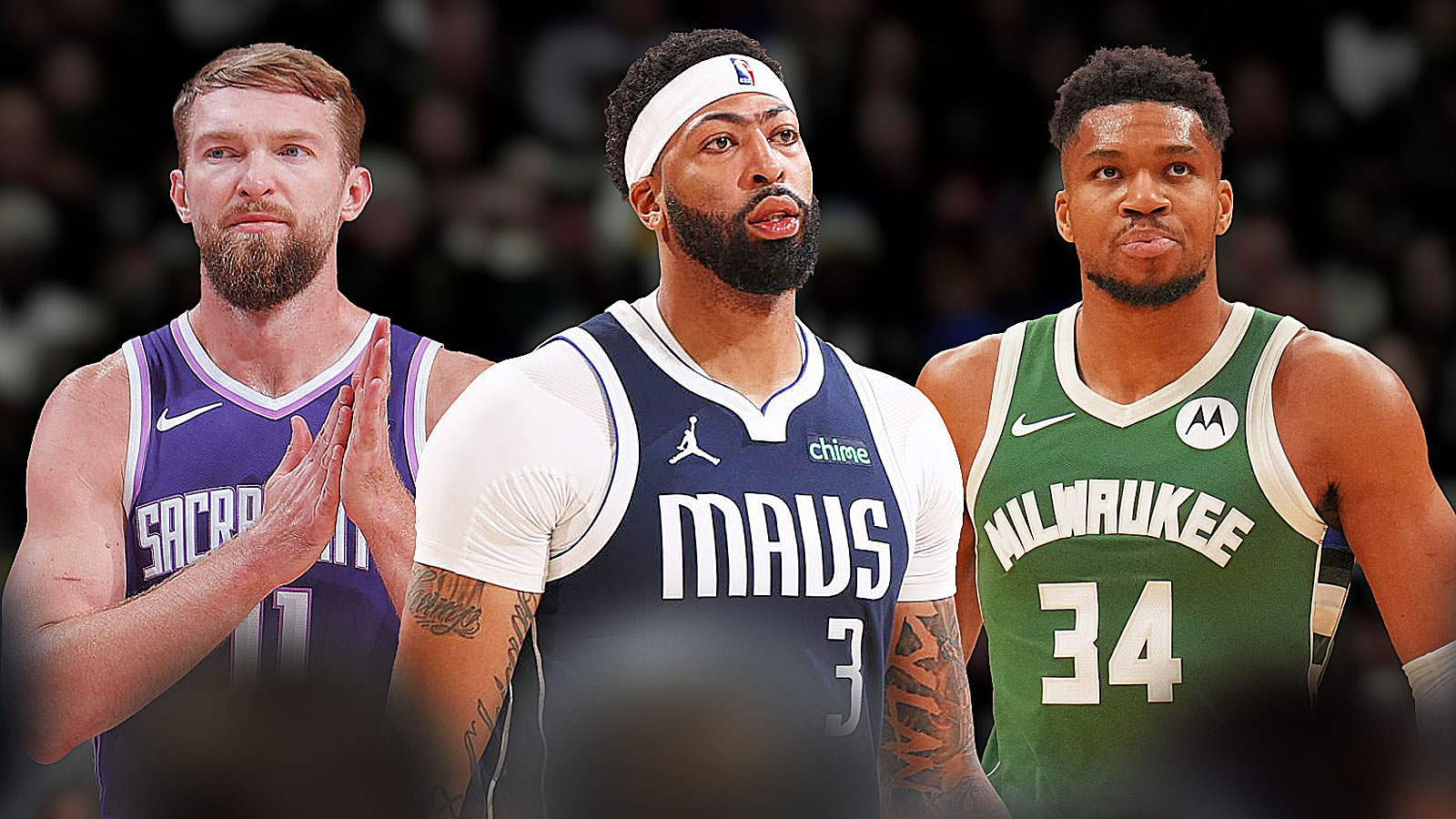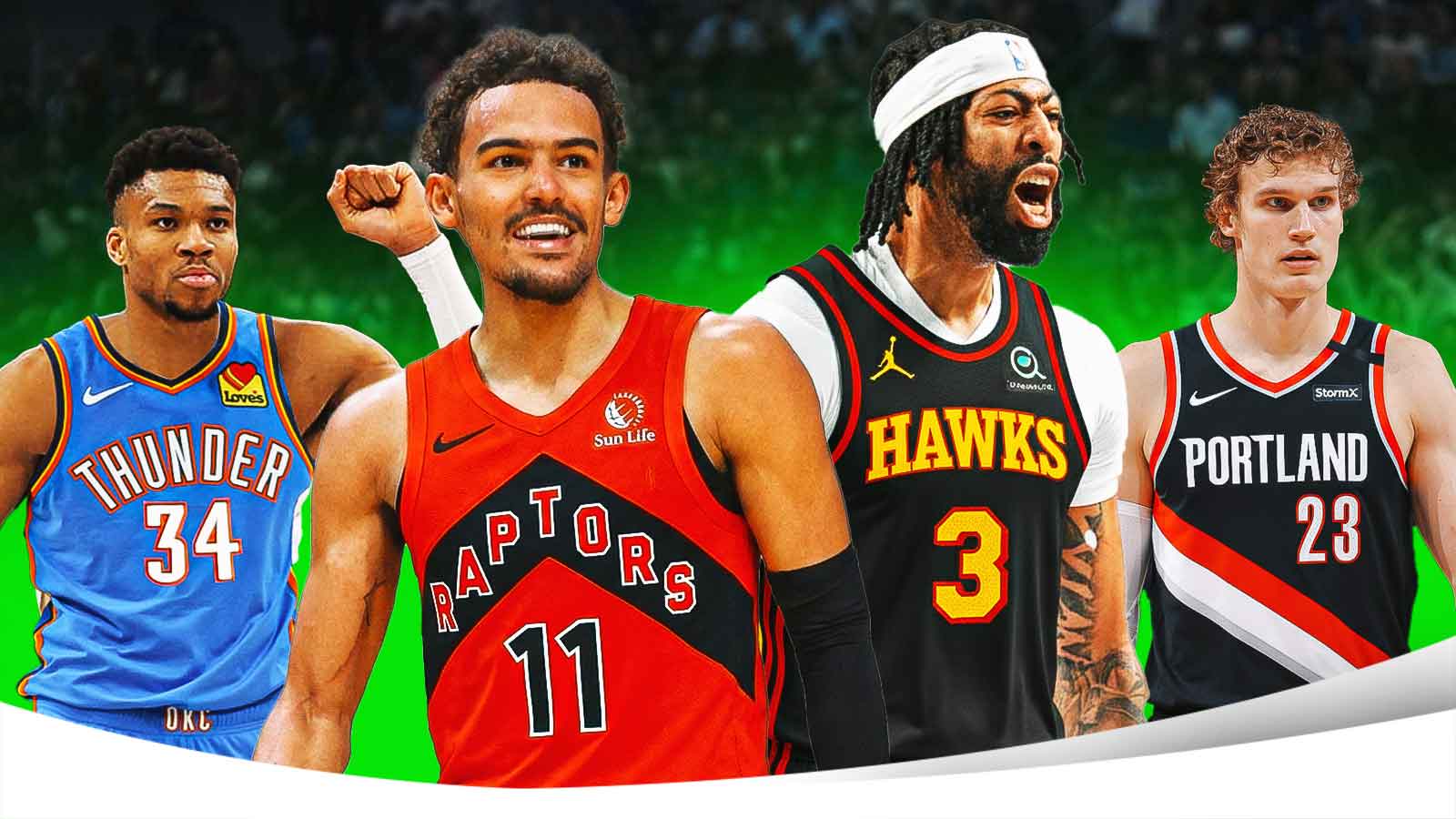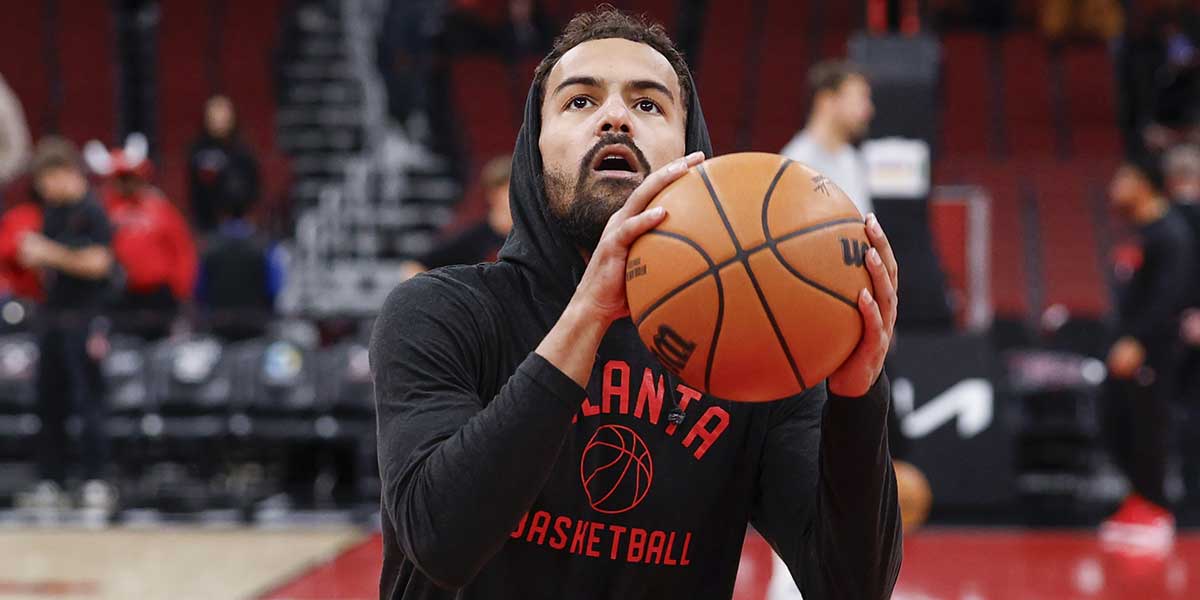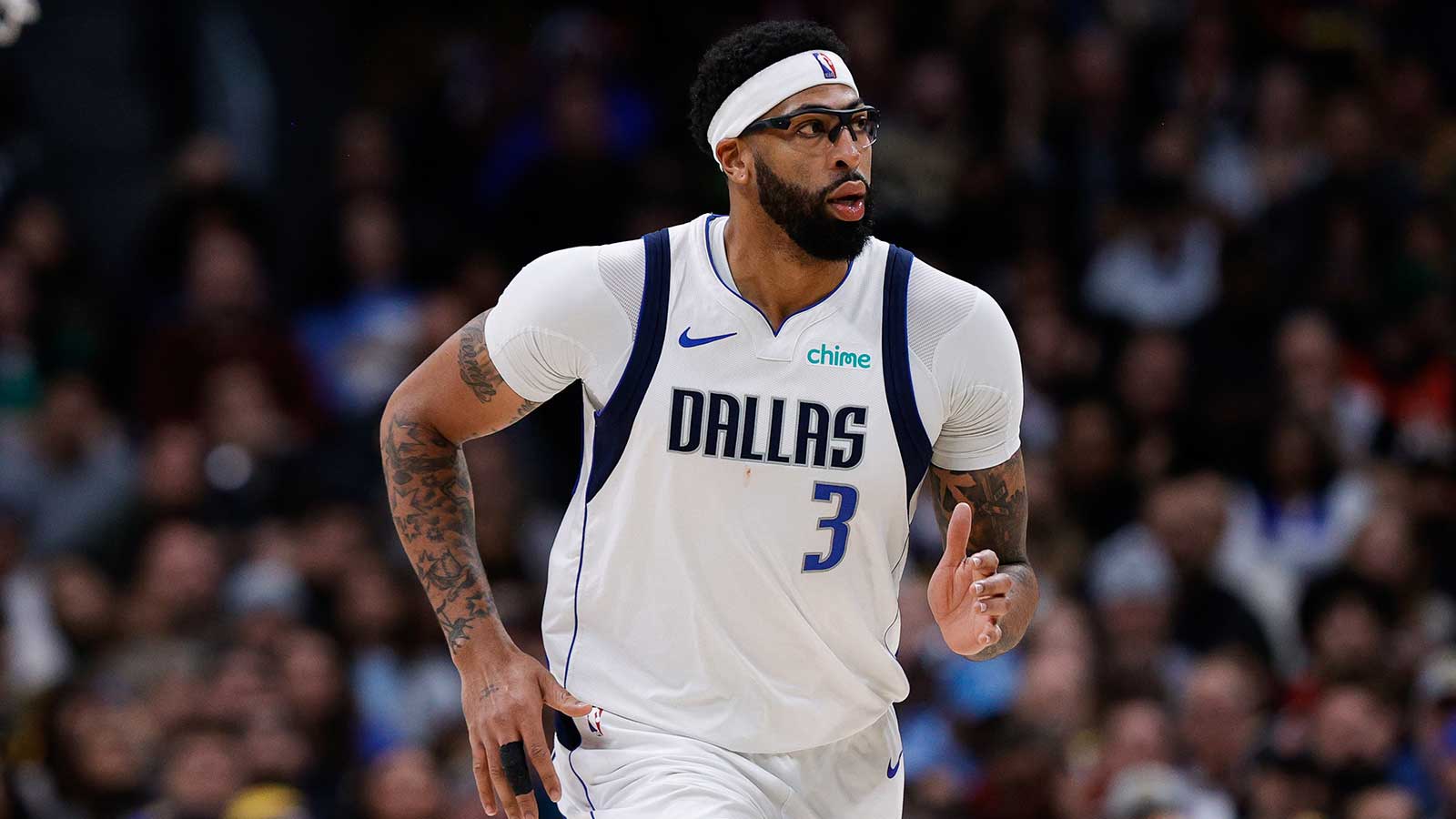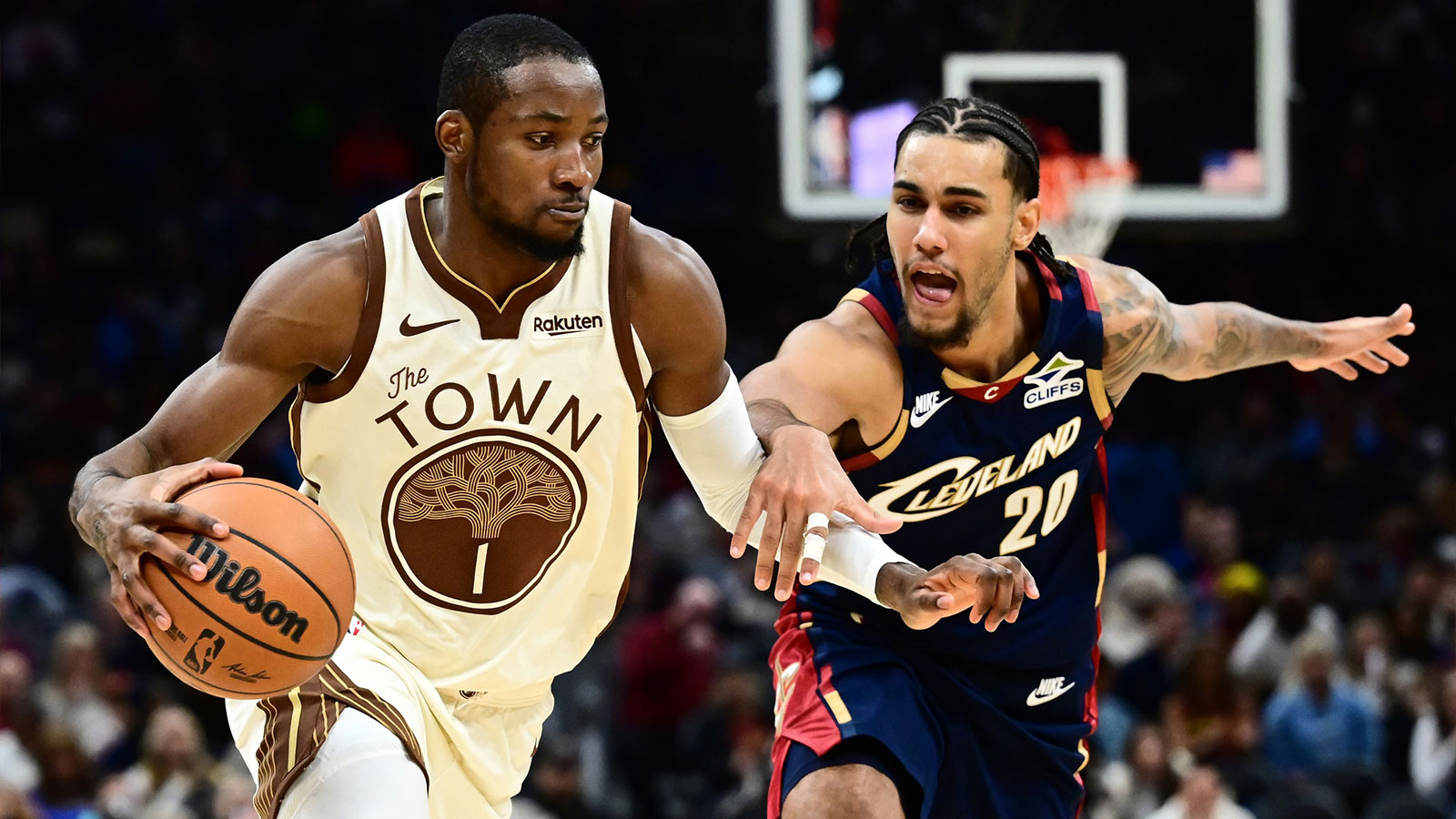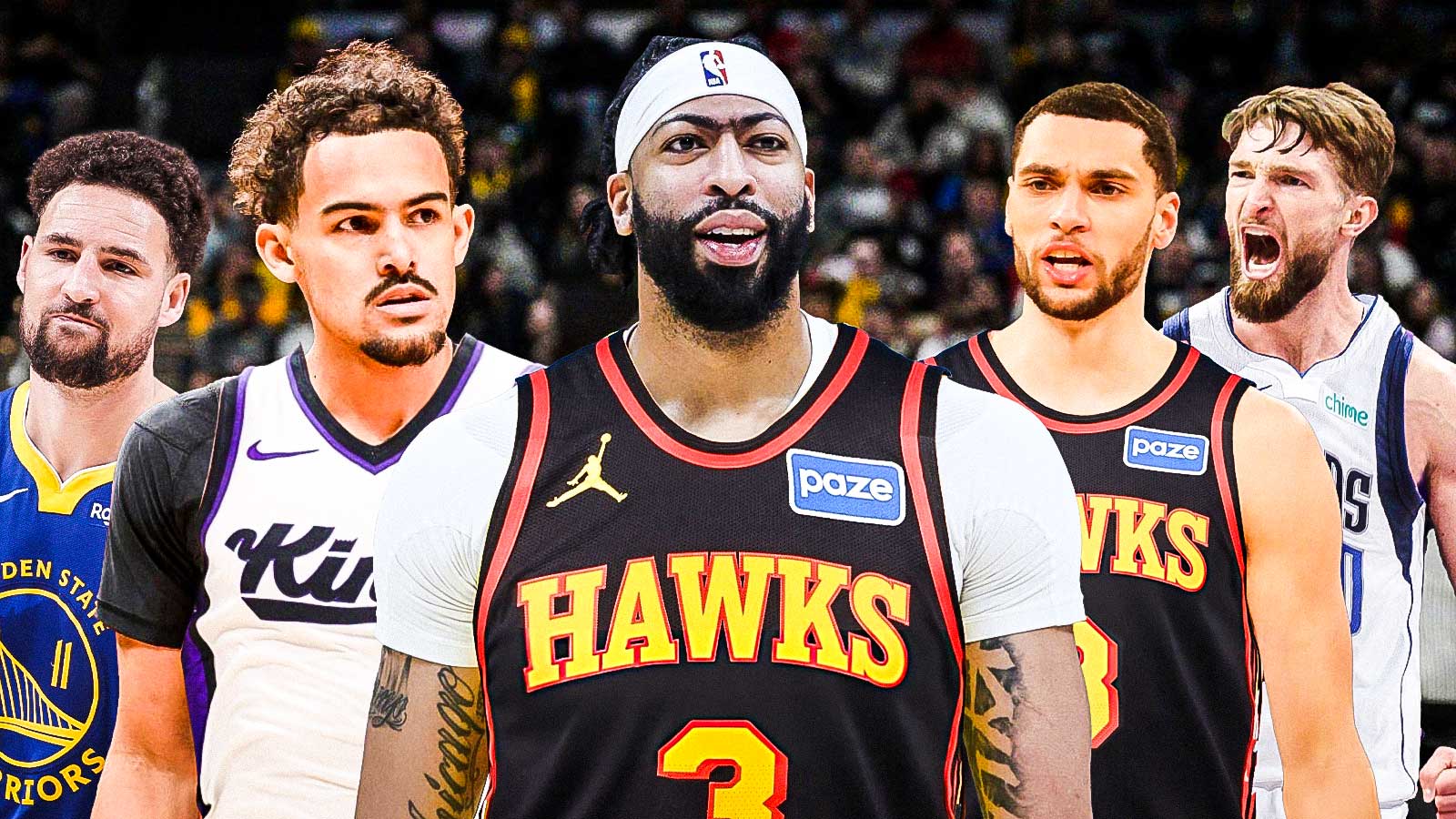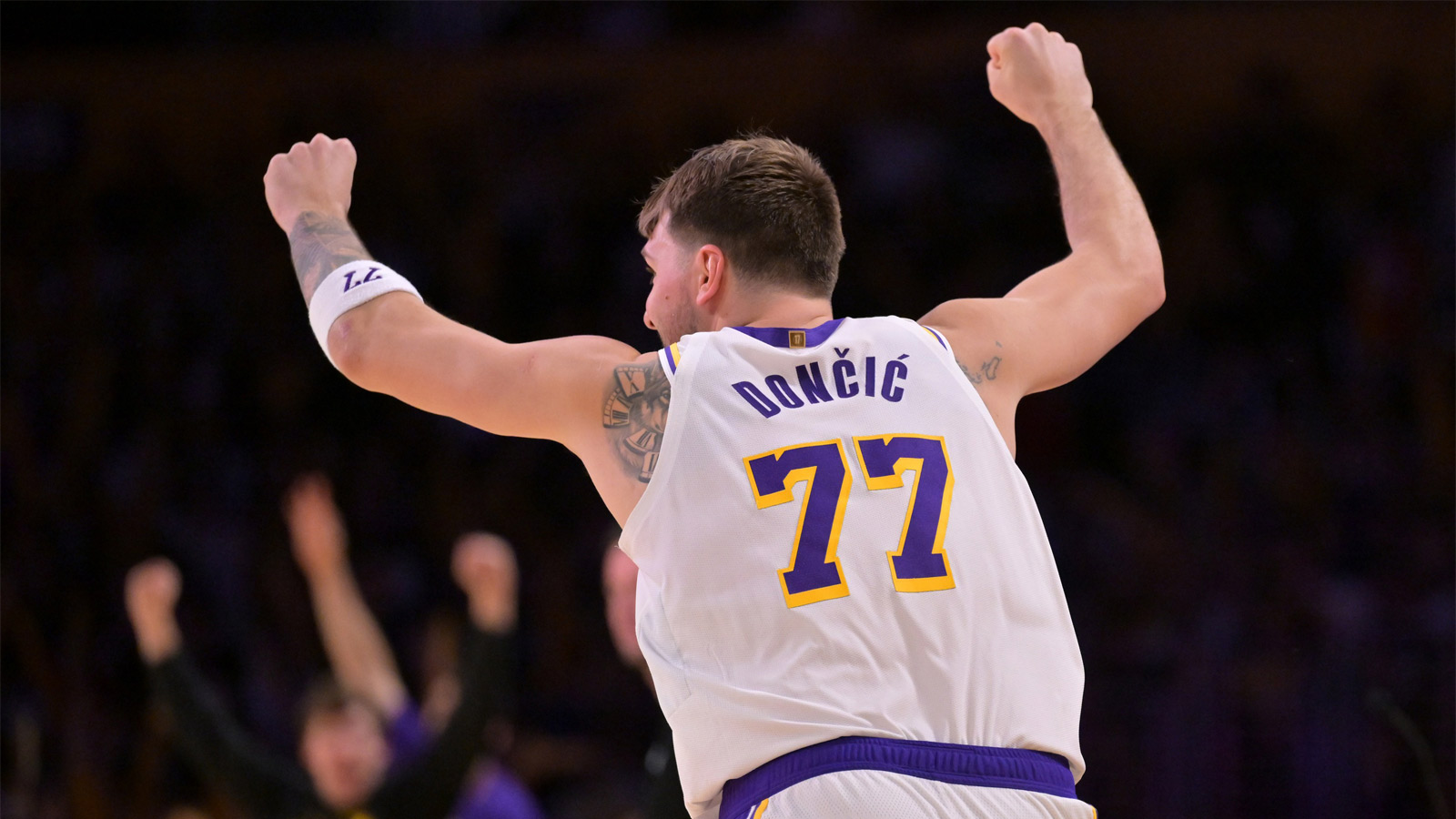The 2024 NBA Draft is right around the corner, and many draft experts think this is one of the worst draft classes in recent memory. You never truly know how a draft class will pan out until years after the prospects are drafted, though, and there is talent to be had in every year's draft.
Of course, though, some draft classes are better than others. There have been certain years where a number of Hall of Famers, All-Stars, and talented role players were all drafted in the same year, and those draft classes will be remembered forever.
The NBA Draft brings hope and optimism for all teams, and there is no better time than now to rank the 10 best NBA Draft classes ever, considering few expect this year's draft to ever make this list. Check out the gallery to see which draft class ClutchPoints thinks is the best in NBA history.
10. 1998 NBA Draft class
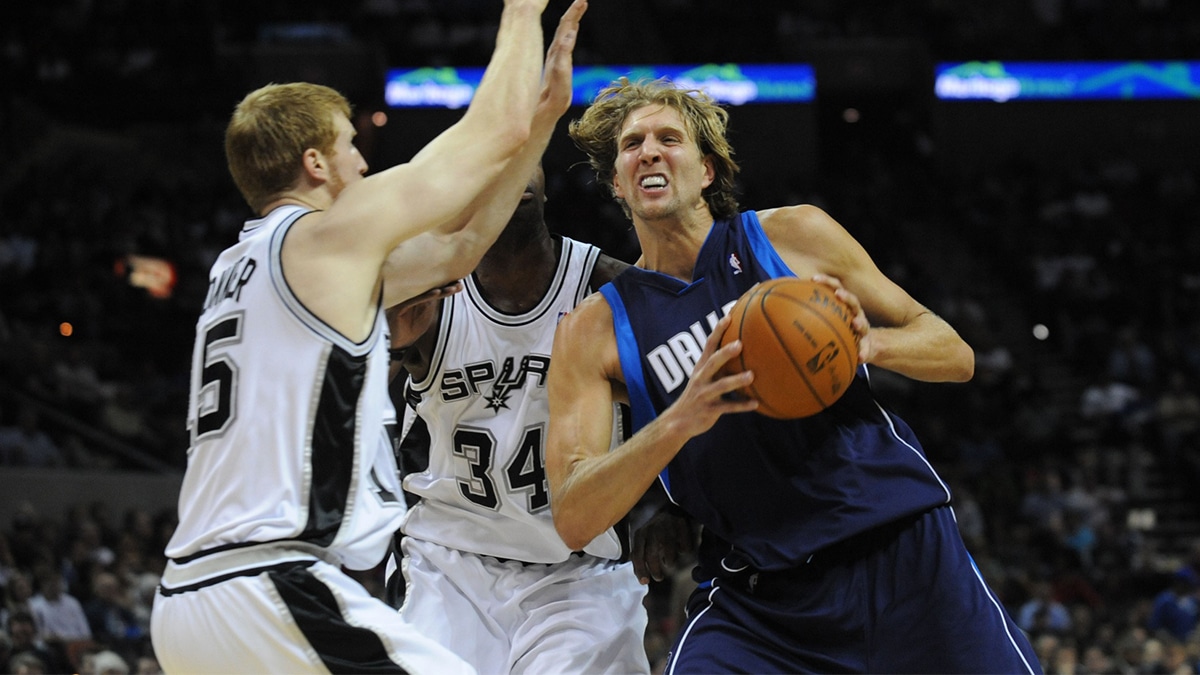
The last spot in the top 10 for the best NBA Draft classes ever was between two classes that occurred back-to-back in real life: the 1998 and 1999 classes. We went with the predecessor, as the '99 class only had a lot of good players but few great ones.
The 1998 NBA Draft produced three Hall of Famers despite the top three including two of the biggest busts ever. Michael Olowakandi and Raef LaFrentz prevent this class from ranking any higher, but Vince Carter, Dirk Nowitzki, and Paul Pierce did more than enough to rank this year in the top 10.
Carter is known as the best dunker of all time, but he was much more than just a high flyer. Carter ranks 21st all-time in points scored (25,728) because he could score at all three levels. He will forever be known as one of the best players to never win a championship.
Nowitzki and Pierce did win a championship. The German was a life-long Dallas Maverick, and his success in the league opened up the door for Europeans to come to the NBA and thrive. He was one of the best shooting big men ever, and his one-legged fadeaway is iconic. Pierce could score at an extremely high level and is credited with bringing the Boston Celtics back to relevancy.
Antawn Jamison and Rashard Lewis were the other two All-Stars drafted, while Brad Miller made two All-Star Games after going undrafted. Jamison had a versatile and modern skillset that was ahead of its time, and Lewis was once made the the highest-paid player in the league thanks to his ability to hit jump shots at 6-foot-10. The 1998 NBA Draft is also known for producing Jason Williams, a flashy player with a streetball-like skillset.
Coupled with the fact that there were some big busts, this draft class was weird because there were some massive draft day trades. Jamison, Carter, and Nowitzki were all drafted and immediately traded to a new team.
9. 1987 NBA Draft class
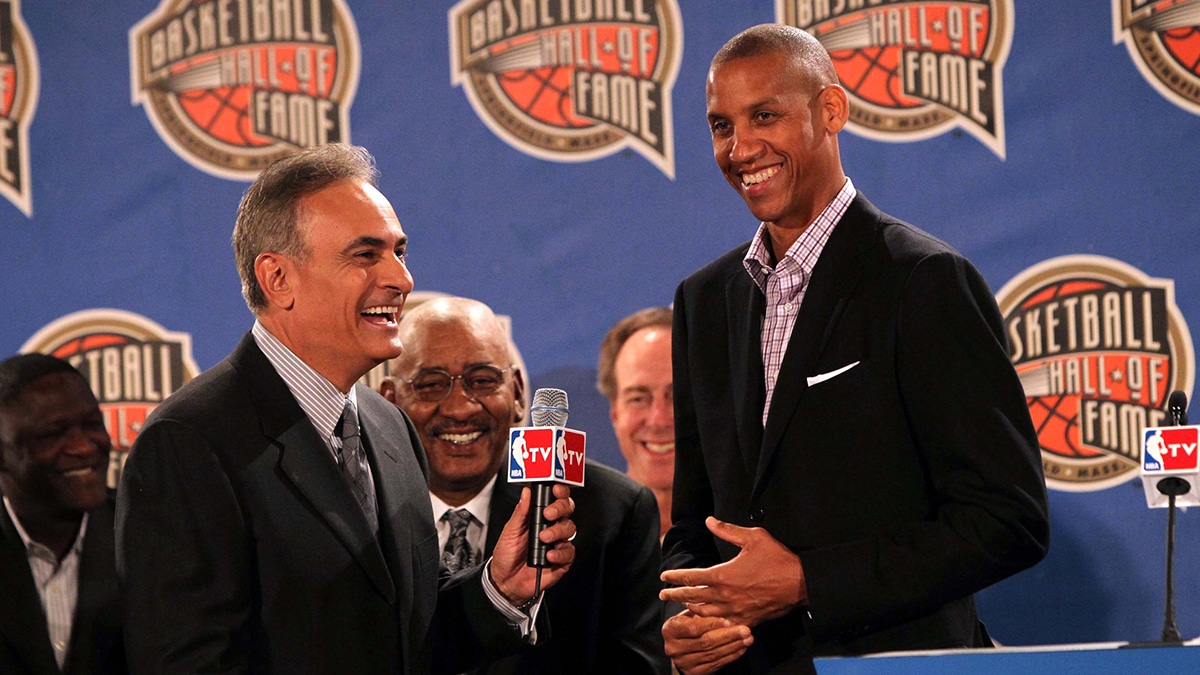
The number one overall pick in 1987 (David Robinson) spent two years in the military before joining the team that took him at the top of the draft. Of course, The Admiral's delayed debut didn't hold him back from having a Hall of Fame career. Robinson could do it all, as illustrated by the fact that he led the league in points, rebounds, and blocks at different times.
Scottie Pippen and Reggie Miller were taken with picks five and 11, respectively. Pippen was the Robin to Michael Jordan's batman on a Chicago Bulls team that was the greatest dynasty in league history, and Miller was the league's first great three-point shooter. Both players were ahead of their times, as Pippen's point-forward play style wouldn't be popularized until decades after he was drafted, and Miller remained the all-time three-point leader for years following his retirement.
Additionally, Kevin Johnson was one of the best point guards of the '90s, Horace Grant won wherever he played, Mark Jackson was one of the best assisters ever, and Reggie Lewis averaged 20.8 points per game in each of his final two seasons before tragically passing away at age 27. All four were All-Stars and staples in one of the most well-regarded eras of basketball.
Sixth-rounder Sarunas Marciulionis was also selected to the Naismith Memorial Basketball Hall of Famer, but that was more because of his overseas career than because of his time spent in the NBA. The 1987 class is also known as the one that made Muggsy Bogues a lottery pick. The 5-foot-3 guard had a 14-year career despite being the shortest player in league history.
8. 2009 NBA Draft class
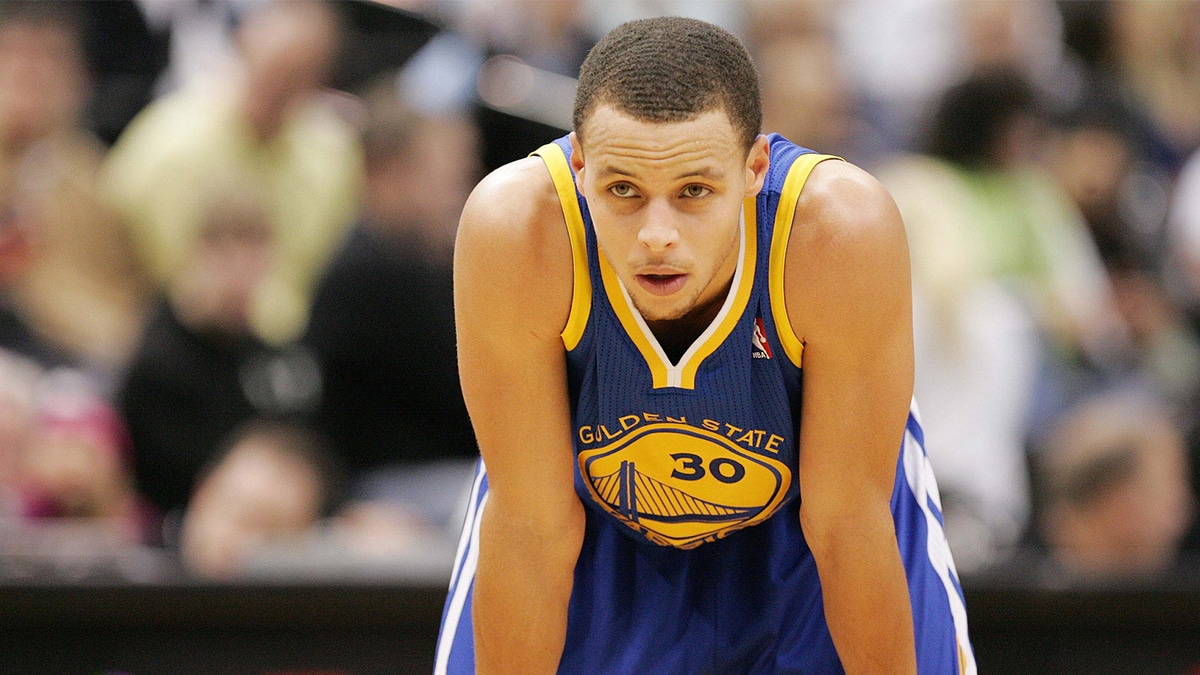
Every decade or so there seems to be a generational draft class that stocks the league with talent for the next decade plus. A lot of the stars from the 2010s came out of the 2009 NBA Draft.
Steph Curry is the headliner from this class. Despite a memorable collegiate career, Curry fell to the Golden State Warriors at pick seven. He has gone on to become the greatest three-point shooter ever, a four-time champion, and a two-time MVP, one of which was the first and only time a player has won the NBA's most prestigious individual award unanimously.
Curry is one of the most influential basketball players ever, and few, if any, have changed the game as much as him. Now, basketball is played with much more spacing and way more of a priority on the deep shot. Because of that, Curry has a case as the best point guard in league history.
Curry wasn't the only influential player from 2009, though. Blake Griffin became one of the best dunkers in league history, DeMar DeRozan became one of the best mid-range shooters this century, Jrue Holiday became one of the best guard defenders ever, and James Harden put up video game numbers en route to winning the 2018 MVP.
Harden has claim to three seasons leading the league in scoring and two seasons leading the league in assists. Harden even scored more points per game (36.1) than any player ever not named Wilt Chamberlain or Michael Jordan. Even Jeff Teague made the All-Star Game in 2015.
However, not everything was perfect in 2009. Hasheem Thabeet was drafted second overall and became one of the biggest draft busts ever, and the Minnesota Timberwolves inexplicably drafted two point guards (Ricky Rubio and Jonny Flynn) before Curry. Other failed lottery picks include Tyler Hansbrough and Terrence Williams, the former of whom didn't translate well to professional basketball after being arguably the best collegiate player this century, and the latter of who was recently sentenced to 10 years in prison after defrauding the NBA's health and welfare plan.
7. 1950 NBA Draft class
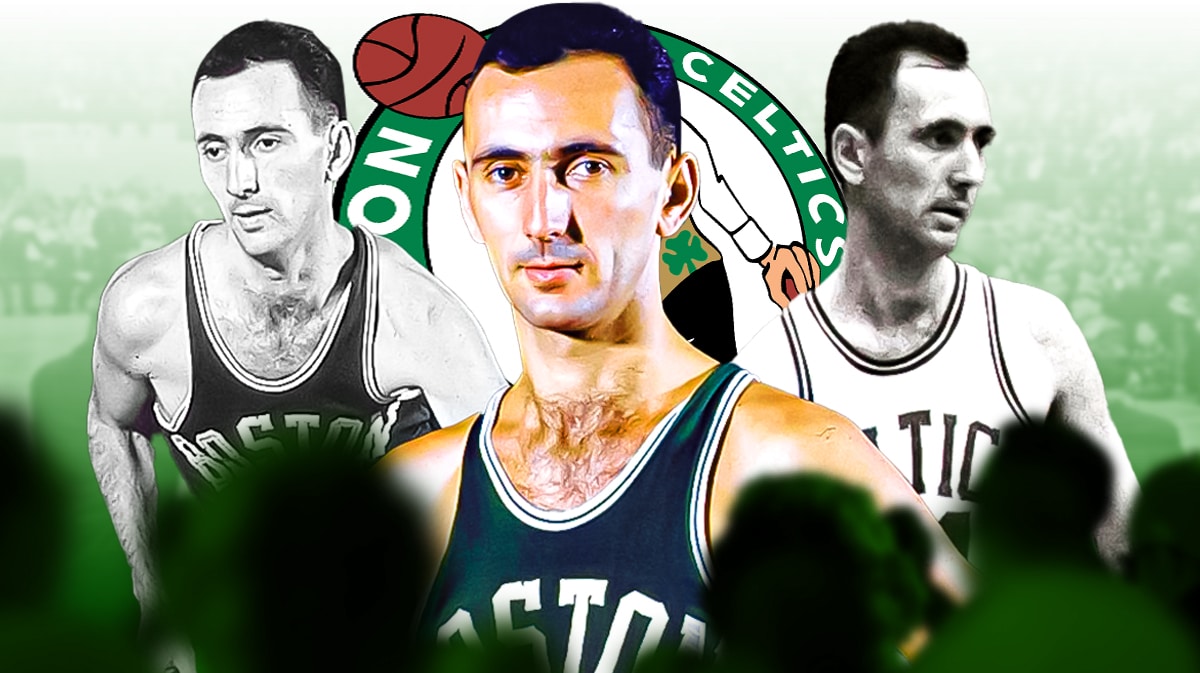
The NBA was founded as the BAA in 1946, and the league officially rebranded to the NBA in 1949. One year later, in 1950, the NBA had one of its most important drafts ever.
The 1950 NBA Draft was monumental in getting the NBA off of the ground and making it as big as it is today. The league's first batch of stars were drafted that year. In particular, Bob Cousey became the league's first great point guard and transformed the Boston Celtics into a dynasty that would last for decades to come.
Cousey actually doesn't have the most win shares from the 1950 NBA Draft, though. That honor belongs to Paul Arizin, a gifted scorer selected by the Philadelphia Warriors.
Even with all of the superstars that emerged from this class, perhaps the most important selection was that of Earl Lloyd in the ninth round. Lloyd became the first African-American to ever play in an NBA game. Along with Cousey, Arizin, and Lloyd, George Yardley, Chuck Cooper, and Bill Sharman became Hall of Famers.
6. 2011 NBA Draft class
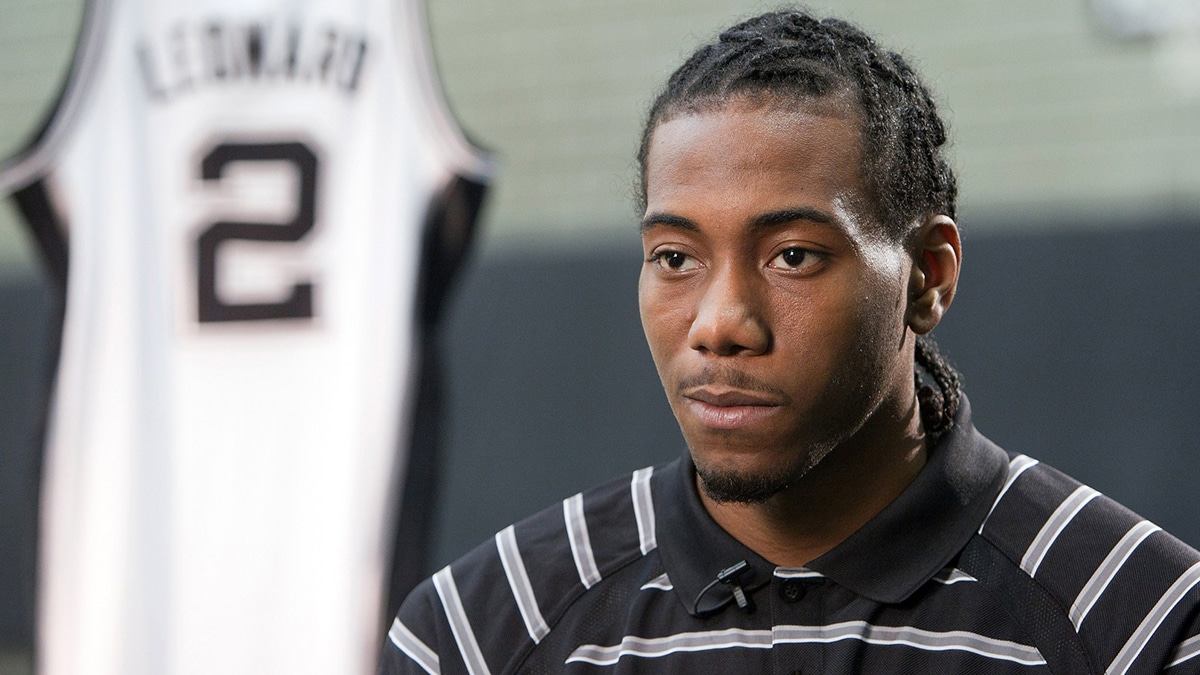
It is a little too early to judge most draft classes from the 2010s and beyond, because a lot of the players from those classes are still playing and have not completed their resumes yet. The 2011 class was so talented, though, that it already deserves a spot in the top 10.
Kyrie Irving, Kemba Walker, Klay Thompson, Kawhi Leonard, Nikola Vucevic, Jimmy Butler, and Isaiah Thomas have already combined for 33 All-Star appearances, and more are likely to come, considering Walker is the only one not still playing in the NBA.
Each of these players will be remembered forever. Irving has a case as the best ball handler and the best finisher at the rim in NBA history, and he is currently on a quest to win the NBA Finals with the Dallas Mavericks. Walker was known for his clutch gene, and if it wasn't for Thompson's Golden State Warriors teammate, Steph Curry, the Warriors shooting guard would be in the running for the best three-point shooter ever.
Leonard is a two-time champion and a two-time Defensive Player of the Year, making him one of the best perimeter defenders ever, and Vucevic ranks third in all-time three-point makes by a center. Butler's grit and grind style is rare in the modern era for a superstar, so fans know he is always a threat to do damage in the postseason. Even Thomas' 2016-17 season was one of the most iconic in recent memory, as he put the Celtics on his back while scoring 28.9 points per game despite standing only 5-feet-9 inches tall.
There were some busts in this class. Notably, Derrick Williams and Jan Vesley were both top-six picks. However, 16 players drafted in 2011 are still active in the NBA, which is more than any other class this century until 2014.
5. 1970 NBA Draft class
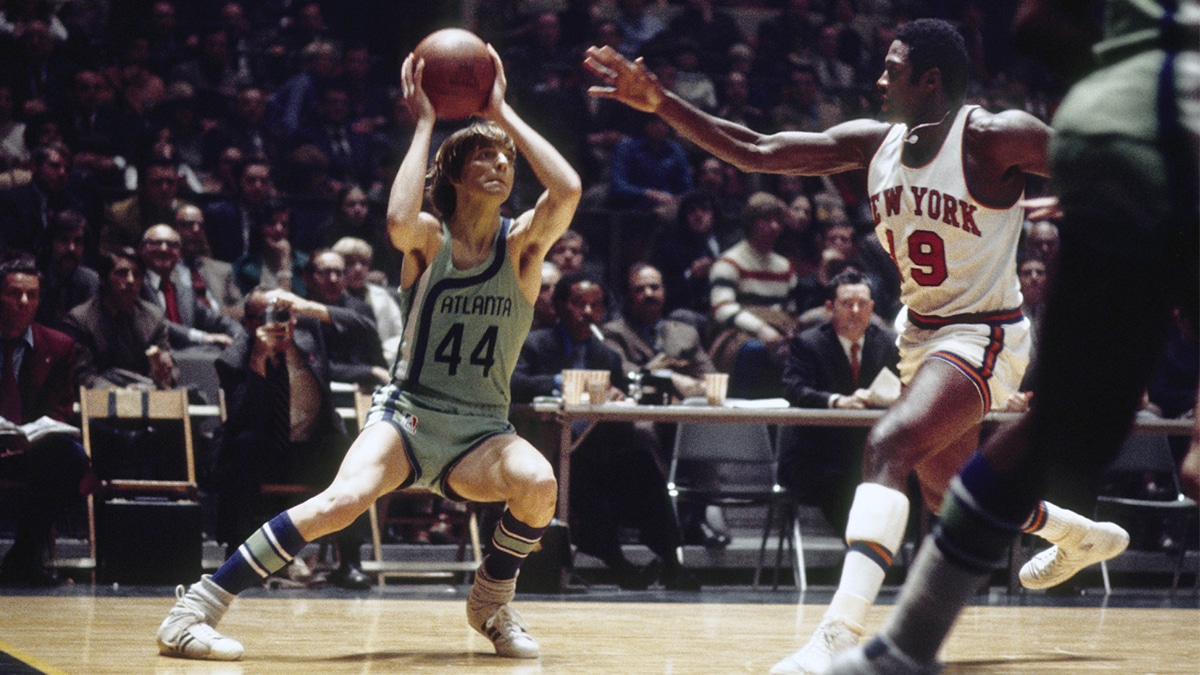
Twenty years after the draft class of 1950, which was so important for the league, the 1970 NBA Draft brought in a new crop of superstars. Each of the top four selections became Hall of Famers, and seven of the first eight picks were voted as All-Stars at least once.
Bob Lanier, Rudy Tomjanovich, Pete Maravich, and Dave Cowens were drafted in order at the start of the draft, and they all left their footprints on the league. Maravich is perhaps the most known. The former LSU guard had arguably the best collegiate career ever, and his flashy play style and deep range forever changed the game once he made it to the professional ranks.
Even with all of the talent at the top, there were plenty of skilled players to be found later in the draft. Calvin Murphy and Tiny Archibald were drafted back-to-back with picks 18 and 19, and Charlie Scott wasn't drafted until the seventh round.
Dan Issel even has a case as the best professional basketball player to come out in 1970, and he wasn't drafted until the eighth round. Issel fell in the draft because he decided to play in the ABA, but he eventually made his way to the NBA after six seasons. Issel dominated in the NBA after the two leagues merged, but his best days were with the Kentucky Colonels.
The 1970 NBA Draft is a prime example of what the draft is intended to do. The worst teams pick at the top of the top of the draft with the hope of getting the best players to help them rebuild. The teams drafting in the top five in 1970 were all rewarded with franchise players.
All in all, eight Hall of Famers were drafted in 1970, and another four players (Sam Lacey, John Johnson, Geoff Petrie, and Randy Smith) made at least one All-Star appearance. Twelve different players made the All-Star Game, which is the most of any single draft class. The only thing holding this class back is that there weren't any top 30 all-time players, but the depth is enough to land it in the top five.
4. 1985 NBA Draft class
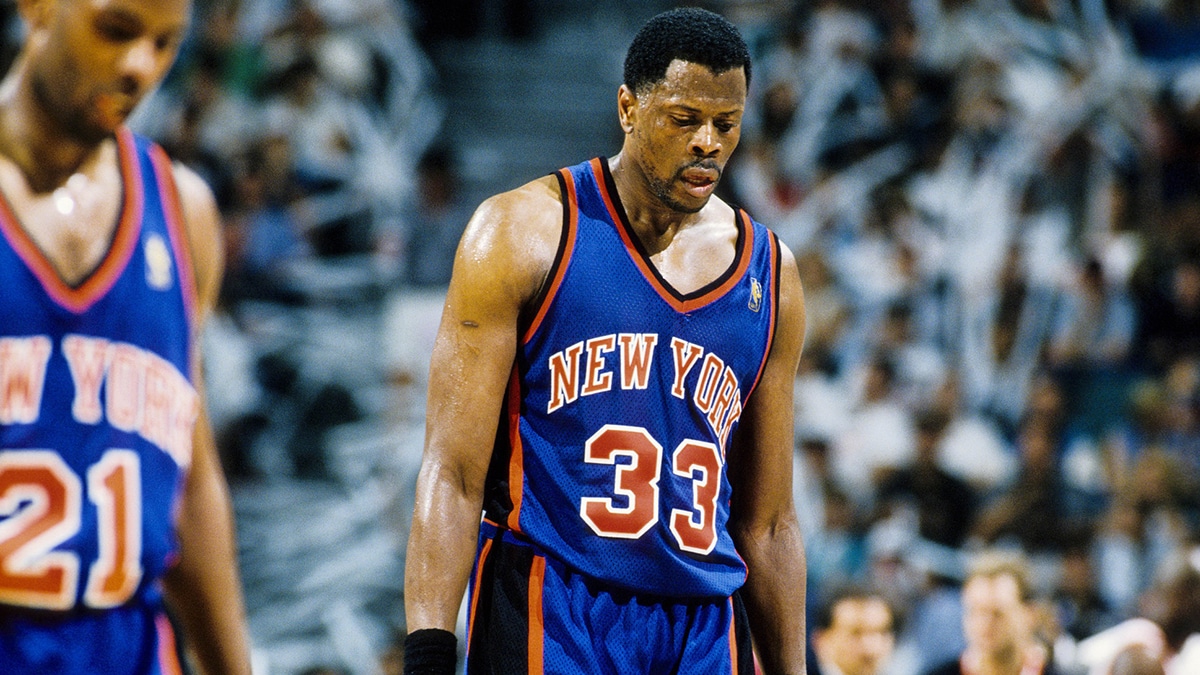
The biggest influx of talent in NBA history came in the early-mid '80s. You will learn more about another draft class from this era later, but the 1985 NBA Draft class deserves recognition as one of the greatest ever.
The draft started off hot, with Patrick Ewing being drafted first overall by the New York Knicks. Ewing was a dominant interior force for the Knicks for a decade and a half and one of the most iconic figures ever for an iconic franchise.
Chris Mullin and Karl Malone were also taken in the lottery; the former of whom was known for his smooth lefty stroke, and the latter of whom is third all-time in career scoring. Joe Dumars was drafted 18th overall and was a staple on the Bad Boy Detroit Pistons teams that gave the rest of the league troubles, and Arvydas Sabonis – who was drafted in the fourth round – became one of the best passing big men ever once he finally came stateside.
All five of those players are now in the Hall of Fame, but the talent didn't end there. Xavier McDaniel was scoring 23 points per game by year two, Detlef Schrempf was one of the first stretch fours in the league, Charles Oakley was a notorious enforcer, A.C. Green holds the NBA's iron man record with 1,192 consecutive games played, Terry Porter had a 17-year long career, and Michael Adams averaged 26.5 points per game in his best season.
Overall, the 1985 NBA Draft produced 10 All-Stars. Size outliers like Spud Webb and Manute Bol were even drafted this year.
3. 2003 NBA Draft class
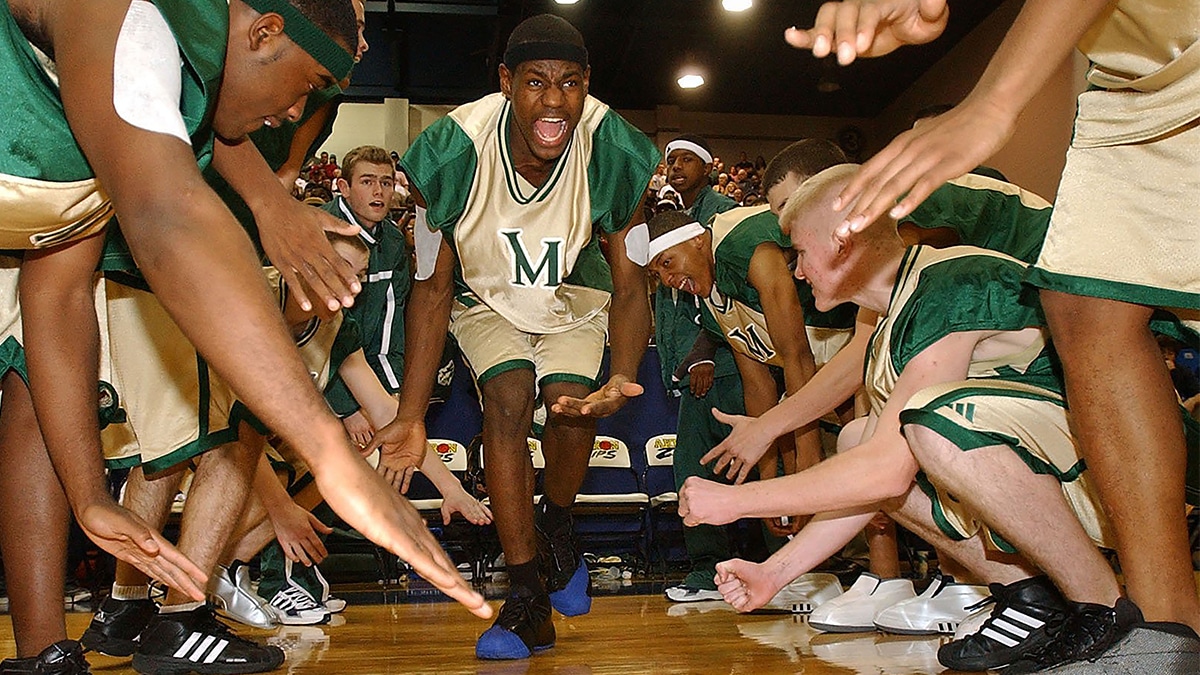
There is a large jump up in quality from the fourth best draft class ever to the top three, and any of the top three have a case as the best class of rookies in league history. The 2003 draft is certainly the best draft class this century, and it was probably the biggest draft ever at the time of when the picks were being made.
That is because of the player who was the surefire number-one pick. LeBron James was viewed at as the best prospect in league history despite only playing at the high school level. Never before had a player been so hyped up before the draft, and James/the 2003 draft's popularity is responsible for making the event much bigger in the years since.
James certainly lived up to the hype. He is one of the greatest NBA players ever and has lived up to the promise of being “the chosen one”. James ranks first in career points (40,474), he has four championships, four MVPS, and 20 All-Star appearances. Those are just a few of the accolades on James' impressive resume, but he wasn't the only megastar to come out of this class.
The 2003 draft also saw Hall of Famers Chris Bosh and Dwyane Wade drafted back-to-back at picks four and five. Those two happened to play with James on the Miami Heat at one point where they formed perhaps the best big three of all time, but they have plenty of individual success worth noting. Wade won three championships and made 13 All-Star Games, while Bosh was a two-time champion and 11-time All-Star.
The Hall of Fame talent doesn't end there, either. Carmelo Anthony hasn't been retired for long enough to qualify for the Hall of Fame, but the player in the top 10 all-time when it comes to scoring will be there sooner rather than later. Chris Kaman, David West, Josh Howard, Mo Williams, and Kyle Korver all made the All-Star Game at least once as well, the latter of whom is one of the best shooters in NBA history.
At pick number two, sandwiched in between James, Anthony, Bosh, Wade, and Kaman was Darko Milicic. Although he is one of the biggest draft busts in league history, the class has so much elite talent at the top that his failure doesn't take away from the overall quality of the class.
2. 1996 NBA Draft class
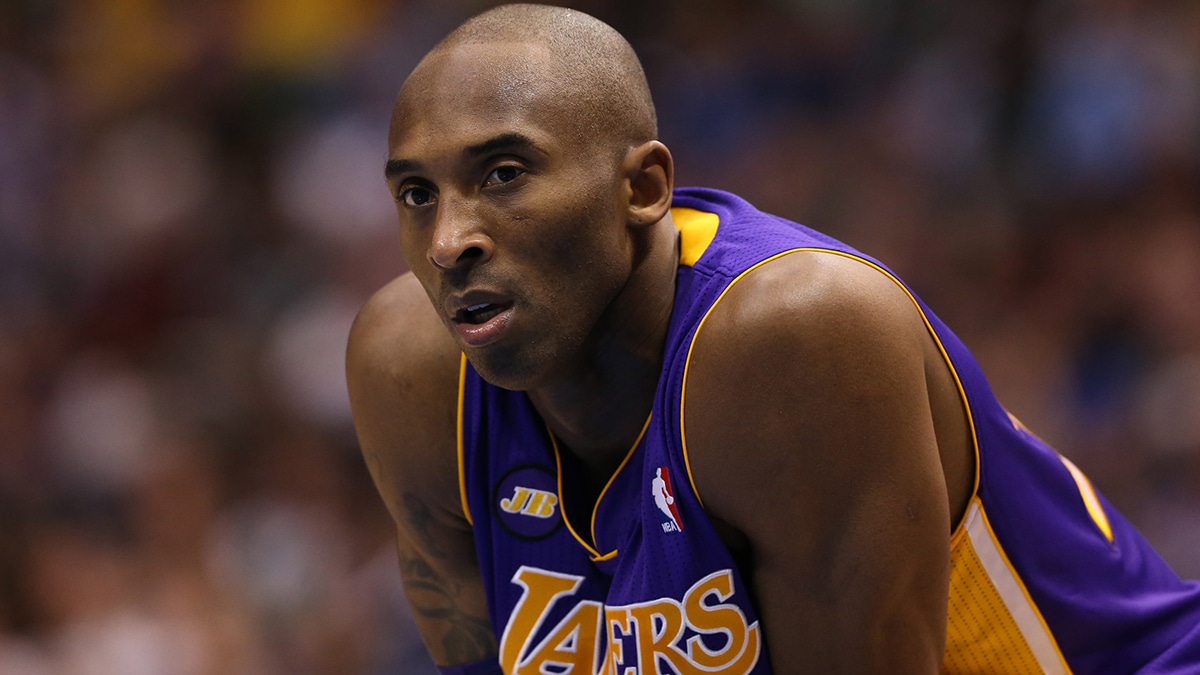
The 1996 NBA Draft class is one of two in which three different players were named MVP. Kobe Bryant and Allen Iverson won the award once, while Steve Nash was named MVP twice. Bryant was the closest thing we ever got to Michael Jordan, Iverson revolutionized the game and the culture of basketball, and Nash was a pure point guard who orchestrated some of the best offenses in NBA history.
In addition, seven other draftees became All-Stars. In addition to Iverson, who went first overall, the top six was filled with Shareef Abdur-Rahim, Stephon Marbury, Ray Allen, and Antoine Walker, all of whom were All-Stars. The only none-All Star in the top six was Marcus Camby, who was a Defensive Player of the Year in his own right.
After the top six, not a lot of success was found from picks 7-12, but the draft picked right back up at pick 13, which was the spot Bryant was picked. Following Bryant's selection by the Charlotte Hornets (he was immediately traded to the Los Angeles Lakers), Peja Stojakovic, Nash, Jermaine O'Neal, and Zydrunas Ilgauskas were taken with four of the next seven picks. Bryant and O'Neal are two of the biggest success stories for players drafted out of high school.
On top of all of the talent that was found in the first round, Ben Wallace did not hear his name called, but the undrafted center went on to become one of three four-time Defensive Player of the Year winners ever.
1. 1984 NBA Draft class
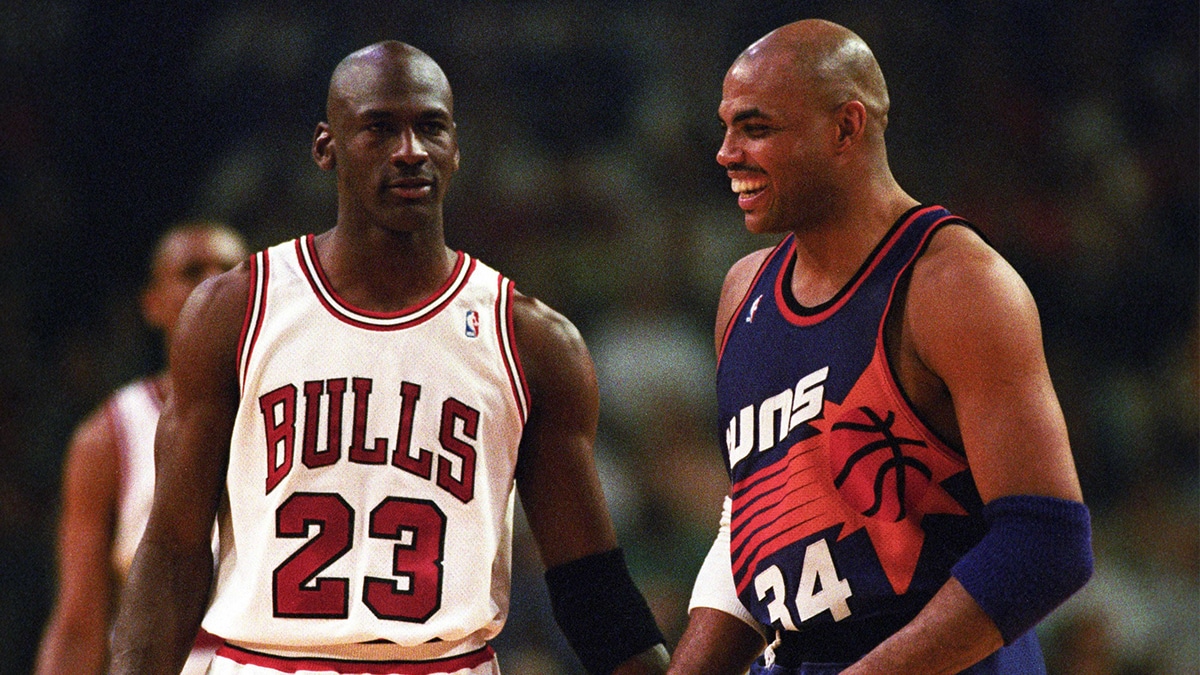
The 1996 and 2003 NBA Drafts each had a player that ClutchPoints ranks in the top-five all-time, in Kobe Bryant and LeBron James, respectively, but the 1984 NBA Draft had the GOAT, as Michael Jordan was drafted third overall that year. Everyone knows how good Jordan was at basketball and how much he meant to the sport.
Jordan's accolades and successes can be talked about for days, but we will try to keep it short. Jordan won six Finals MVPs, five MVPs, he was a 14-time All-Star, a Defensive Player of the Year, he was a 10-time scoring champion, and a nine-time All-Defensive First Team member.
No one has a resume like Michael Jordan, yet this class was so stacked that people don't even consider the player drafted two picks ahead of him to be a bad pick. Number one pick Hakeem Olajuwon – who spelled his named Akeem at the time of his drafting – won an MVP and two championships in his own right. His footwork on offense in the post and his rim protection on defense are both among the best at those traits in league history.
There was one more MVP drafted in 1984, too. Charles Barkley won the award in 1993, which gives the 1984 class a grand total and league record of seven MVPs. John Stockton rounds out the class as the fourth NBA player to go to the Hall of Fame. Stockton is miles ahead of the pack in both all-time assists (15,806) and steals (3,265).
Sixth-rounder Oscar Schmidt was elected to the Naismith Memorial Basketball Hall of Fame, too, and although he never made his way to the big leagues, the Brazilian is commonly regarded as the best player to never play in the NBA.
All four of the NBA players who made it from 1984 prospects to the Hall of Fame are top 25 players all time, but this class somehow had even more to offer. Alvin Robertson is one of four players with a quadruple-double to his name, Otis Thorpe was a double digit scorer for 14 seasons, and Kevin Willis played 21 seasons, which is tied for the second most in league history.
Jordan alone would have made 1984 a successful year for the NBA, but instead, the league got four of the best players to ever step on the hardwood all debuting at the same time.

